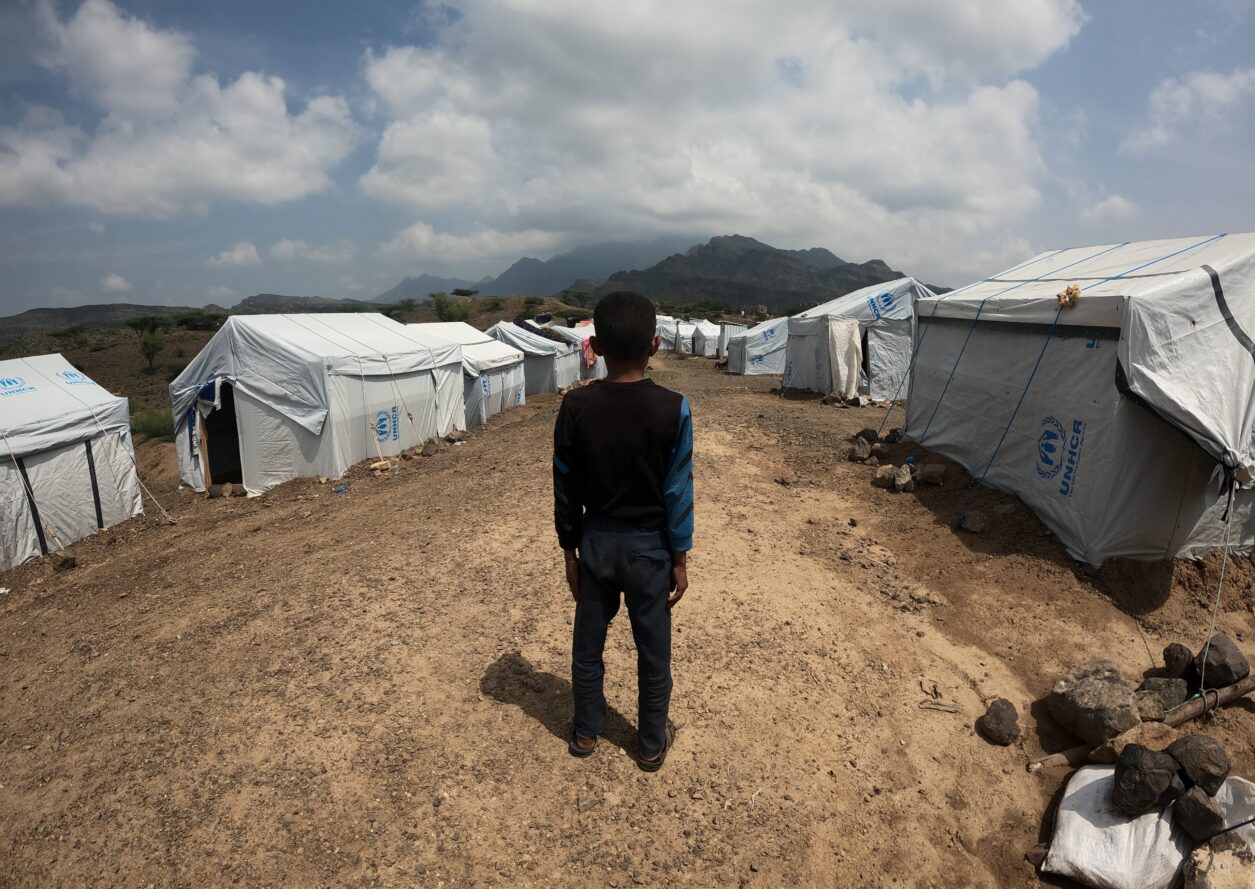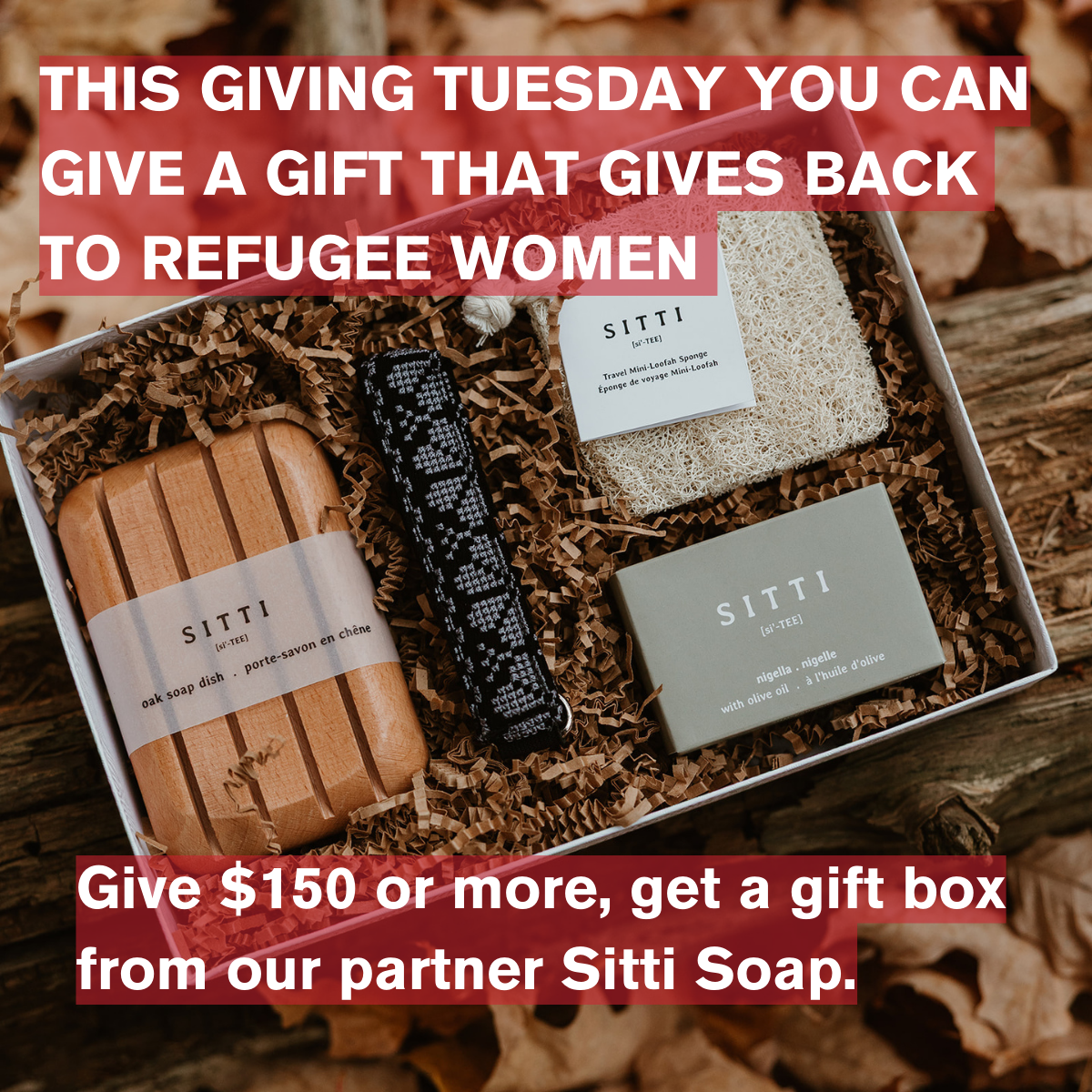“It’s as if, from the moment Trump came to power, all GBV [gender-based violence] work has vanished, banned, erased from donor priorities and government agendas.” — staff member from an international nonprofit organization operating in Honduras (as quoted in a Women’s Refugee Commission report)
The Women’s Refugee Commission (WRC) has been tracking the destructive impact of recent US funding cuts on sexual and gender-based violence (SGBV) programming. We found that in communities all over the world, SGBV programs have been forced to shutter services. Shelters for survivors have closed their doors. Healthcare providers and mental health counsellors have been laid off from their jobs. Financial assistance for survivors, to help them safely escape abusers, has disappeared.
Since January 2025, the US has terminated over $400 million USD for GBV programming or services in humanitarian settings. As the world’s largest single donor for the GBV sector, providing over one-quarter of total funding, the withdrawal of US funding has left the SGBV sector at crisis point. Survivors of SGBV—already at risk of violence, abuse, trafficking, and death—have lost some of the few lifelines available to them.
For male SGBV survivors, services were already non-existent or even, in some contexts, criminalized. In 2018, WRC launched our sexual violence against men and boys project to address a critical evidence gap and the near absence of programming and services that were responsive to the needs of male survivors in humanitarian settings. That year, we conducted research with Rohingya refugee communities in Cox’s Bazar, Bangladesh; refugees and migrants traveling the Central Mediterranean route through Libya to Italy; and refugees in Nairobi and Mombasa, Kenya.
Across the board, we have found that boys and men are experiencing sexual violence, including conflict-related sexual violence, and sexual exploitation and abuse—with acute consequences for their mental and physical health and well-being. Male survivors face profound barriers to accessing the care they need, including limited availability of services and trained providers, as well as shame and social stigma, often rooted in harmful gender norms.
“People will judge [a boy survivor]. They will not allow him to mix with the community. Others will not allow their child to play with this child. The parents may also beat him—that’s why he won’t speak. He feels very ashamed.” —“Nura,” focus group with Rohingya women, Cox’s Bazar, Bangladesh
Through our research, we were able to identify specific barriers to care-seeking for different sub-groups of men and boys. Adolescent boys, for example, are particularly vulnerable to sexual exploitation and often have even less of a support system than older men. Male survivors who identify as LGBTQI+ are stigmatized not only for being survivors, but also by homophobic attitudes and laws that target them. Such laws also make it especially challenging to implement SGBV programs and services for men and boys.
“I think there is major sexual violence towards homosexual [sic] men rather than heterosexual men in Libya—once they realize that they are gay. One gay couple…was separated from the rest and put into a specific camp because they were gay and were going to be sexually exploited.” — Legal aid officer, Italy
In 2019, working with partners in Bangladesh, Kenya, Italy, and Bulgaria, we piloted several new approaches to supporting male survivors, based upon our findings. These approaches included supporting male survivor advocates, supporting LGBTQI+ refugees, and training linguistic and cultural mediators.
Then, in 2024, WRC built on our existing resource and evidence base with two new toolkits, designed to support practical, low-cost interventions for humanitarian actors to support adolescent boys and male youth at risk of sexual exploitation, or who are survivors of sexual violence. Supporting Displaced Adolescent Boys and Male Youth in All Their Diversity Who Are Survivors Or At Risk of Sexual Exploitation: A Toolkit for Frontline Workers in Humanitarian Contexts is a comprehensive resource that aims to enhance the capacity of frontline workers to integrate protection and support for adolescent boys and male youth, including persons with diverse sexual orientation, gender identity, gender expression, and sex characteristics, into protection programs. Delivering Peer Support Groups To Adolescent Boy and Male Youth Survivors of Sexual Violence, Including LGBTQI+ Youth, In Humanitarian Contexts, meanwhile, provides a training curriculum for frontline workers without specialization in the provision of mental health and psychosocial support, to facilitate group-based peer support.
Since launching our sexual violence against men and boys project seven years ago, WRC has galvanized key government donors, policymakers, and humanitarian actors to address sexual violence against men, boys, and LGBTQI+ individuals. We have done so by developing evidence-based recommendations, technical assistance, and practitioner tools and guidance. These include the first ever field-friendly multi-sectoral guidance on addressing sexual violence against men, boys, and LGBTQI+ communities, as well as a rapid assessment of services for male survivors of sexual violence in Ukraine.
WRC’s work to address sexual violence against men and boys has always been rooted in feminist principles and a survivor-centered approach. Through this body of work, WRC has not only provided tools and resources needed to meet the needs of men and boys, but it has also helped shift the mindset—from exclusion to inclusion—across the GBV sector and humanitarian field at large. Our work demonstrates that when we design services with all survivors in mind, we build stronger, more inclusive humanitarian systems.
At a time when resources for SGBV services are dramatically shrinking, we need to fight for inclusive, survivor-centered sexual and gender-based violence programming. It is vital that donors support practitioners to invest in this programming—to ensure that nobody is excluded from accessing life-saving services, regardless of their age, gender, ability, or migration status.



